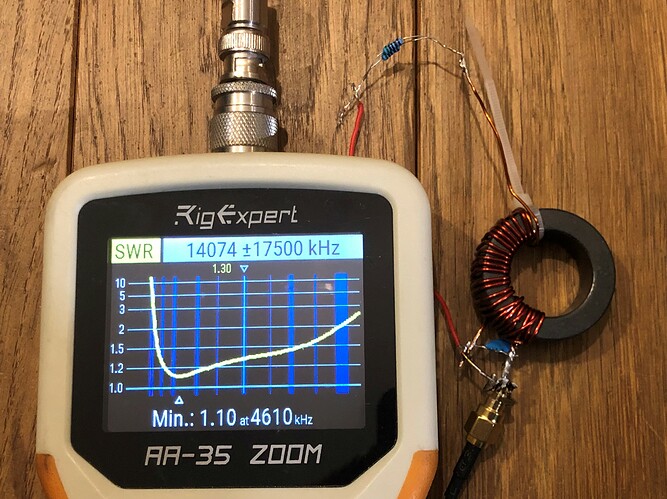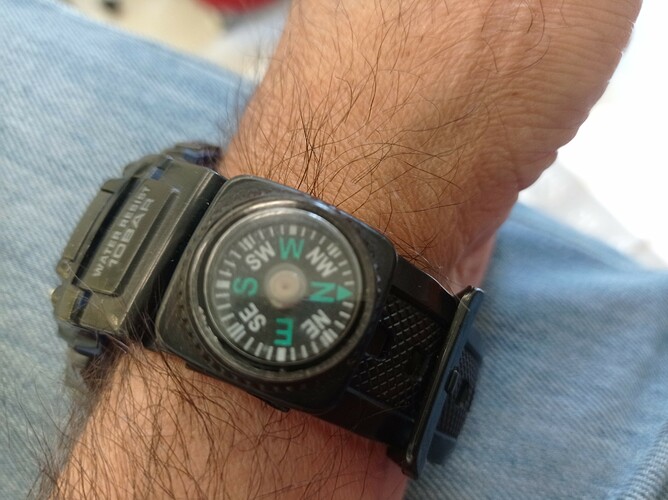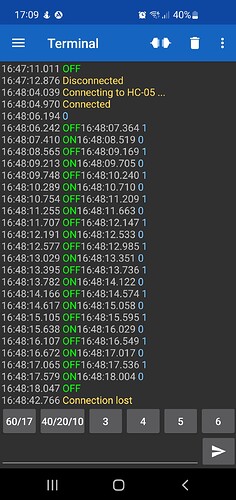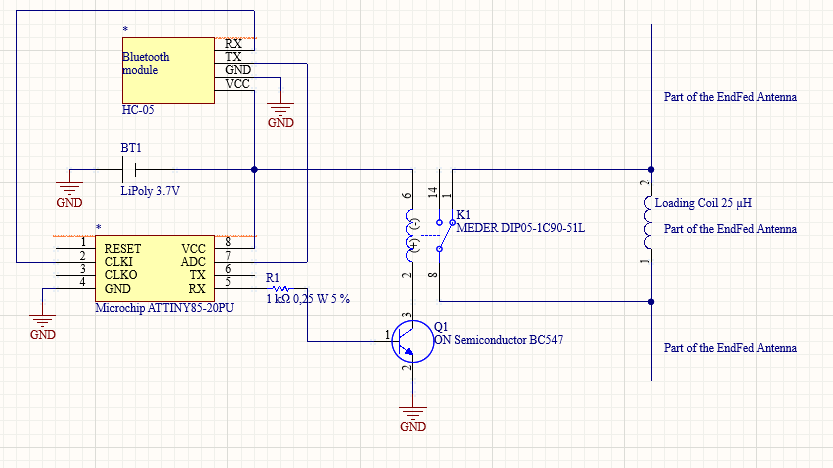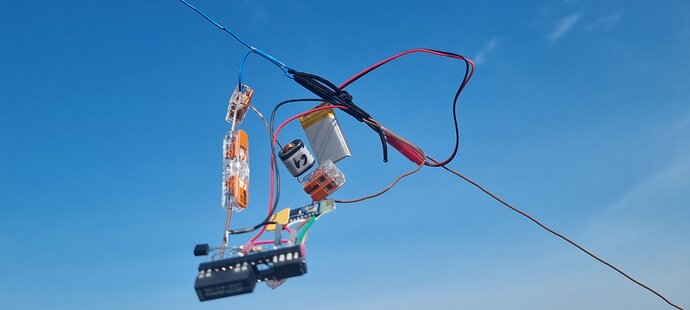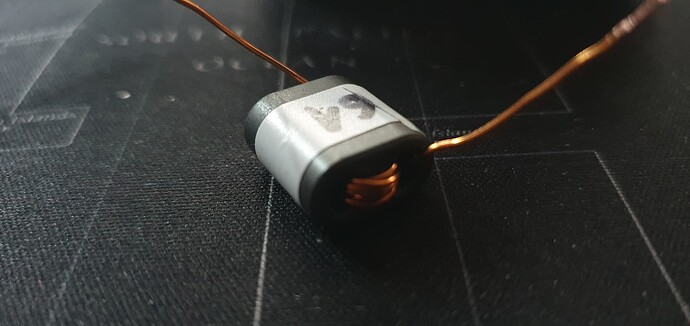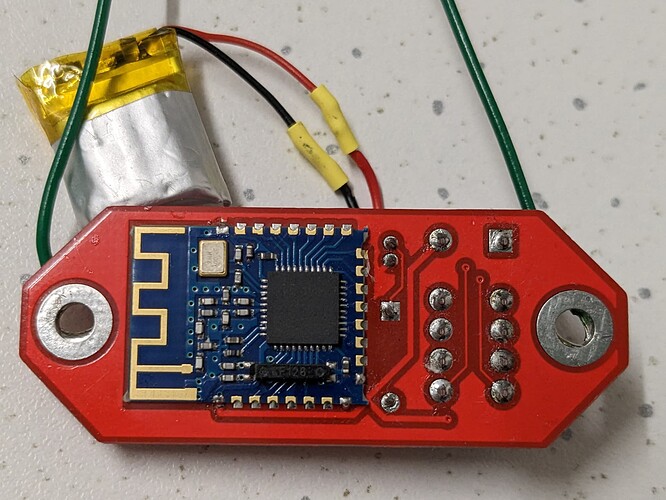Hi Grzegorz,
Thank you for publishing your remote controlled bypass switch. Interesting!
There was also a Canadian Ham that used a 430 MHz transmitter/receiver solution that I know of, but about one year ago, Peter @HB9TVK sent me as a gift one of his very well engineered Bluetooth switches to be tested in the field.
He built even a dedicated PCB containing a latching relay, the Bluetooth 4.0 module JDY-08, a DC-DC converter, some more components and a free hanging 50mAh LiPo cell. All in all it weights 9.2g.
Front side of the BT switch.
Back side with the JDY-08 BT module.
Like you, I used a Bluetooth terminal on my smartphone. In my case it was BLE Terminal PRO on Android. The advantage of this app was that it contained four programmable buttons. At the beginning I had problems to send the commands, but the app developer was very responsive and fixed some bugs. My initial plan was to write my own app, tailored for this purpose, but I wanted to initially test the feasibility of this project, so I chose a ready made app as prototype.
Peter and I were worried if the BT switch would survive 10W PEP, radiated by the antenna that was some millimeters away from the BT module. Luckily, on all the bands I tested it, it still worked afterwards.
Since the PCB contained also a step-up voltage regulator, I was also concerned about noise I might hear on HF, but luckily, not the slightest RFI signal could be detected on any band.
The max. distance that could be reached was about 30m, which is plenty for this purpose.
But there was one problem: there were sporadic Bluetooth connection problems which made the switching of the coil unreliable at times. Peter and me were not sure where the problem lied, but thought about a way to send back the status of the current relay status. For this purpose, Peter found a more modern BT module called JDY-23 that costs less than 1$ per piece, supports BT version 5.0 and needs even less current and could be powered directly from the 3.7V LiPo. We also thought about creating a 3D-printed coil that integrates the BT switch, but somehow I lost the track of this cool project. Maybe I focused more on the good time I’m having when doing SOTA  .
.
While I still think that a reliable way to switch the coil using Bluetooth is a cool thing, the simplicity and weight (about 1 gram) of the manual push-bottom switch I use works just fine.
When changing the band segments, I have to get up, walk about 10 meters, grab the hanging coil and push the button. I used the coil with the manual switch since more than 300 activations, also in snow and rain, and never had a single problem.
Please keep us informed about your Bluetooth switch solution!
73 Stephan
